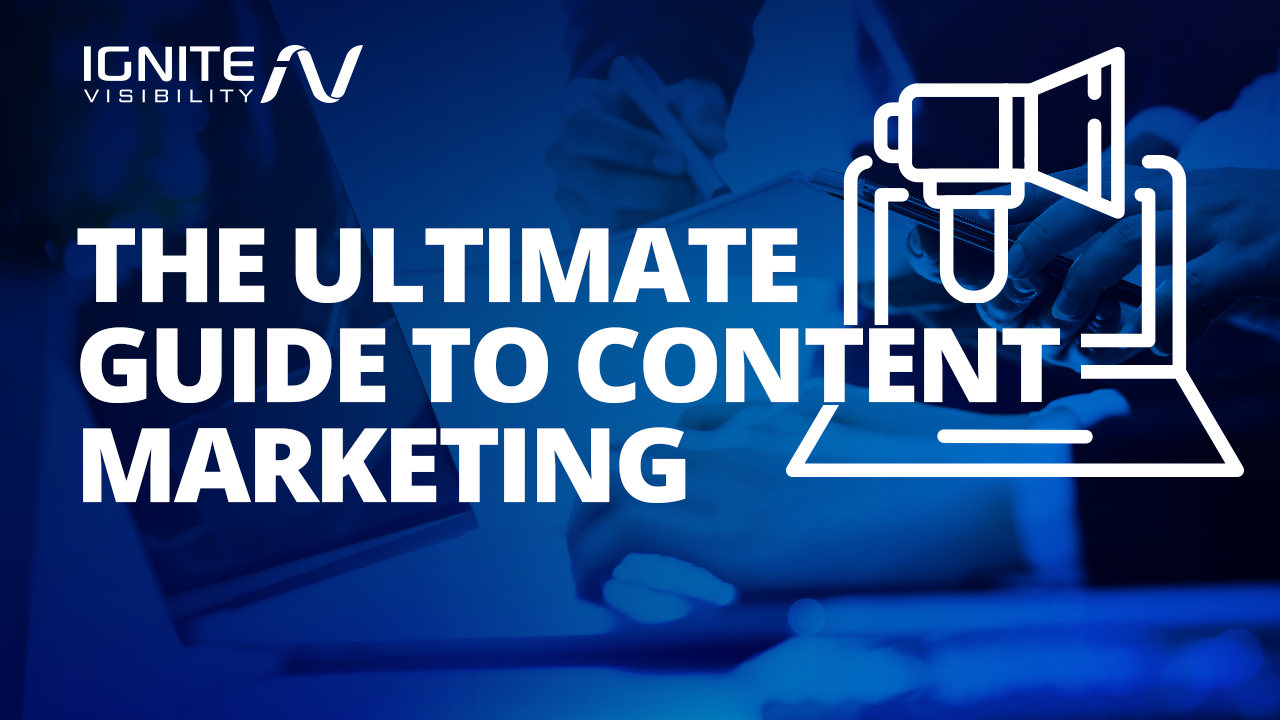
It is important to create a strategy that will help you reach your goals when you are interested in using content to grow your business. Establish goals that guide your content marketing. You also need to establish KPIs. Finally, you should create a content schedule. These steps will allow you to determine who you want, how you deliver your content, as well as how you measure success. Once you have this information, you can start to plan how to get there.
Content marketing strategies
A successful content marketing strategy involves developing an editorial calendar and scheduling regular content. This includes choosing the content that appeals to your audience, identifying their demographics, and making sure that each piece is well-written. Another key element of a successful marketing plan is consistency. You will be able to produce new content on a consistent basis if you have enough content. It is important to take into account your audience's stage and life, as well the various devices they use to consume the content.
Setting SMART goals
Planning your content marketing strategy requires you to establish SMART goals. As a rule, your SMART goals must be specific, measurable. Realistic, achievable and time-bound. Using this framework will help you keep track of your progress and measure success. It is important to set realistic goals that challenge people. To keep you on track, it's important to set time limits.

Defining KPIs
Metrics are essential for any content marketing strategy. You can track your progress by using page views, which is a simple way to measure it. You can also segment traffic by channel to determine which channel is driving the most traffic. This lets you see exactly where your efforts are paying off. It is not enough just to see how many page views you have. You also need to look at conversion rates to understand the effectiveness and efficiency of your content marketing.
Create a content-based calendar
Creating a content calendar for your business is crucial to creating consistent, high-quality content. It will allow you to identify the top topics and trends. It can help you plan the publication and repurposing of your content across different channels. A content calendar will help you organize your content production more effectively. This calendar will help you pinpoint gaps in your content marketing strategy. It will also alert you to excellent copy ahead of time. It can also be used to monitor your content output and find collaboration opportunities.
Attracting the right audience
An effective content marketing strategy can help you draw people to your website, and increase sales. Content marketing can take many forms, including videos, articles and photographs. Your strategy will determine which types of content are most beneficial to your business and which won't. You can also determine your content distribution channels. Your content should be helpful to your target audience in order for you to attract people. We'll be discussing the benefits of using content marketing in the paragraphs below.

FAQ
How easy is content marketing to measure?
Yes! Measuring results is part of the process. This allows you to evaluate whether your efforts were successful, and if you need changes.
It's possible to track how many visitors came through different sources--including email, social, and paid ads, as well as track conversions such sales leads and purchase orders.
These metrics can tell you which pieces of content performed well and where your most significant opportunities lie.
How long should my Content Marketing be effective?
It all depends on what your goals are. Some businesses are looking for short-term results; others are looking for long-term growth. We recommend that you begin with three months worth of consistent content creation, and then review your work after that time.
Are content marketing agencies the best?
Most content marketing agencies have extensive expertise in creating content strategies that work for their clients.
You can save a lot of time by having a plan tailored to your needs.
Don't assume every agency can provide the skills that you require. Some companies specialize only in certain niches, like eCommerce. Others focus on specific industries such as law firms.
Ask them which areas they specialize in and find an agency that's right for you.
Should I hire someone to write my Content Marketing content?
No! You don't need to pay a professional writer to produce content for your business. There are tons of free resources out there that can help you get started.
How much content marketing should I invest?
It all depends on how many leads are you looking to generate. Depending on your industry, the average cost per lead is between $5 and $10. For example, when we first started our business, we were spending about $20 per lead. Now we spend $6-7 per leads.
Statistics
- This marketing strategy landed Ford a 15.4% conversion rate. (neilpatel.com)
- Seventy-two percent business to business (B2B) (mailchimp.com)
- Forty-seven percent of buyers view 3 to 5 pieces of content before engaging with a sales representative. (mailchimp.com)
- According to research compiled by Coschedule: Companies that publish 16+ blog posts a month get as much as 3.5x as much traffic as those that publish 0-4 posts a month. (criteo.com)
- Measure your goals with a progress indicator of 0-100%. Make your goals collaborative and transparent (semrush.com)
- According to the Content Marketing Institute, 70% of B2B marketers and 86% of B2C marketers surveyed use content marketing in some form or other. (criteo.com)
- Progress indicators (0–100%) allow each team member to see how attainable each goal is and understand what remains to be accomplished. (semrush.com)
- We found that 40% of businesses don't have a documented strategy yet. (semrush.com)
External Links
How To
Informationgraphic creation tips for content marketing
Infographics are a powerful way to simplify complicated concepts, and make information easier to understand. Information marketing is about providing valuable and useful information to your target audience. Infographics are a great way to share this message.
For creating an infographic you'll need software such as Adobe Illustrator and Photoshop. You can use these programs to draw out different shapes and elements to represent your data, then add colors and fonts to make everything look nice. Once your design is ready, you can start uploading images from sites like Pixabay and Unsplash to insert into your design.
Online infographics can be a great source of inspiration. A picture of a food Pyramid could be used to show how many calories each food has. Another option is to take a picture of a can of Coke and look at how much sugar it contains.
Once you have created your infographic it is possible to share it via social media channels like Facebook, Twitter and Google+. This makes it easy for people unfamiliar with the concept to learn. If you decide to post your infographic on social media platforms, include hashtags so others can see what you're talking about. Hashtags enable users to follow along in conversations related to specific topics.
An infographic is a shorter version of a blog post. An average blog post can be anywhere from 2000 to 5000 words long, while an infographic only requires 500 to 1000 words. You can communicate more information in less space.
Your infographic should be easy to read for some viewers. Use large fonts, but don't overuse color in your infographics. It is important that all text is legible.
Here are some more tips
-
Choose an Infographic Template. There are many free templates online. The most popular ones include Canva, Piktochart, and Google Slides.
-
Create your Infographic. Create your infographic using the template. You can use any type of media that is appropriate for your audience. You might use photos of local restaurants to create an infographic about the best places in Seattle.
-
Add text. Add text to your infographic once you have it created. You can use Microsoft Word, PowerPoint or Canva to add text.
-
Add Images. Your infographic can also include images. These images can include charts, graphs and icons. If you wish to include a picture, ensure it is relevant.
-
Make It Interactive. You can also add interactive elements such buttons, maps, links, and other features. This will make it easier for your audience to interact with you.
-
Share. When you're done, share your infographic on social media sites like Facebook, Twitter, LinkedIn, Pinterest, and Instagram.
-
Measure. Measure. Are people clicking through to your website or not? Did they sign-up for your email address? What was their reaction?
-
Improve. Are there ways you could improve your infographic? What could you do better next year?
-
Repeat. Repeat.